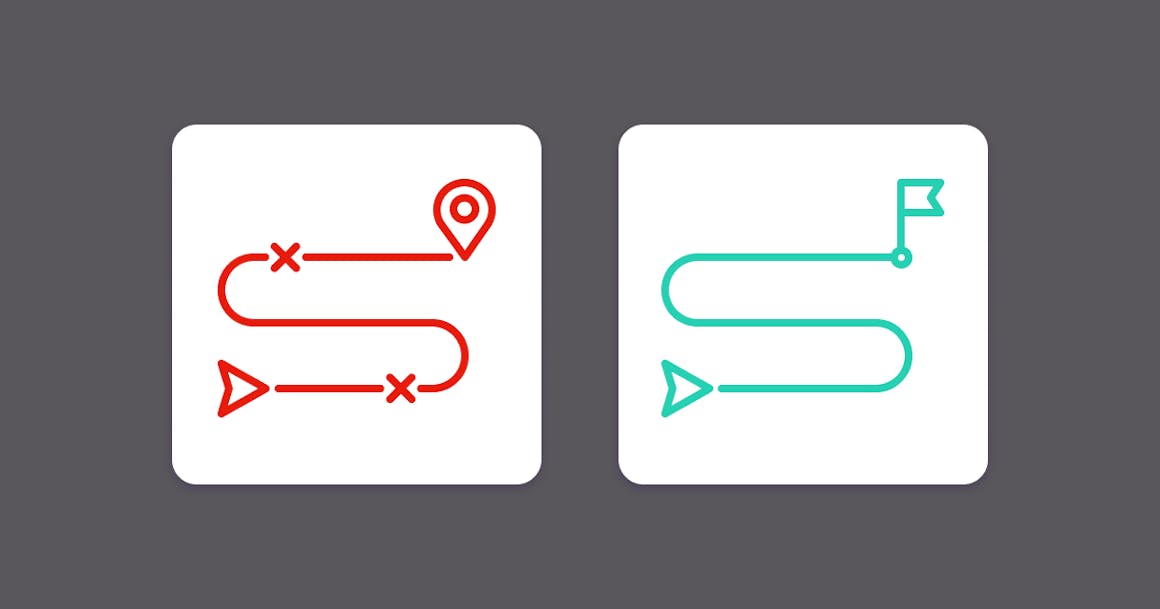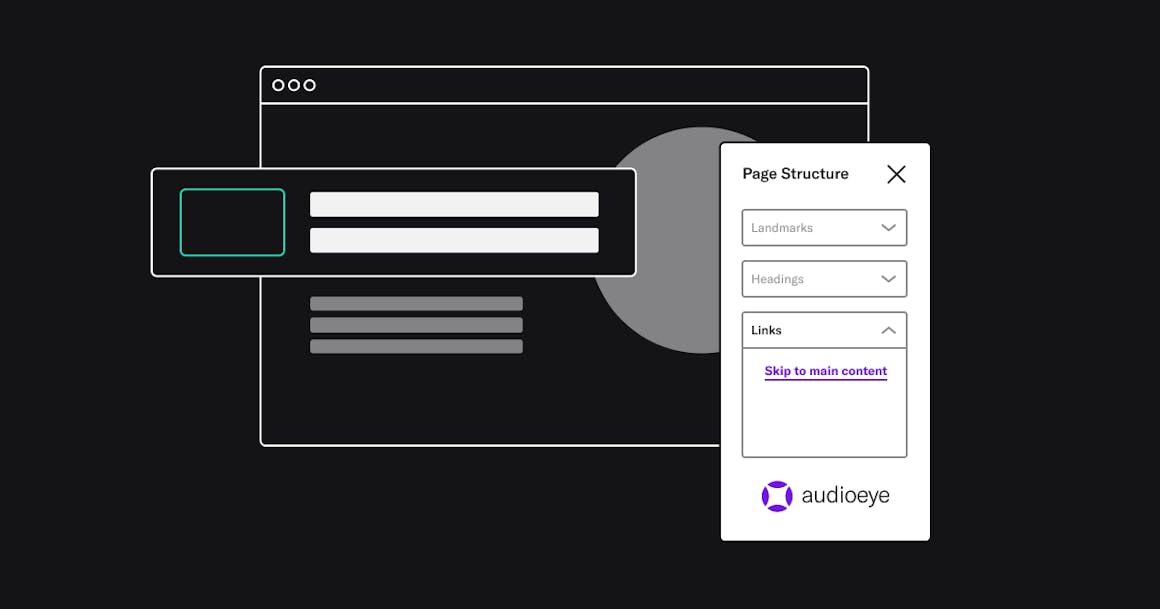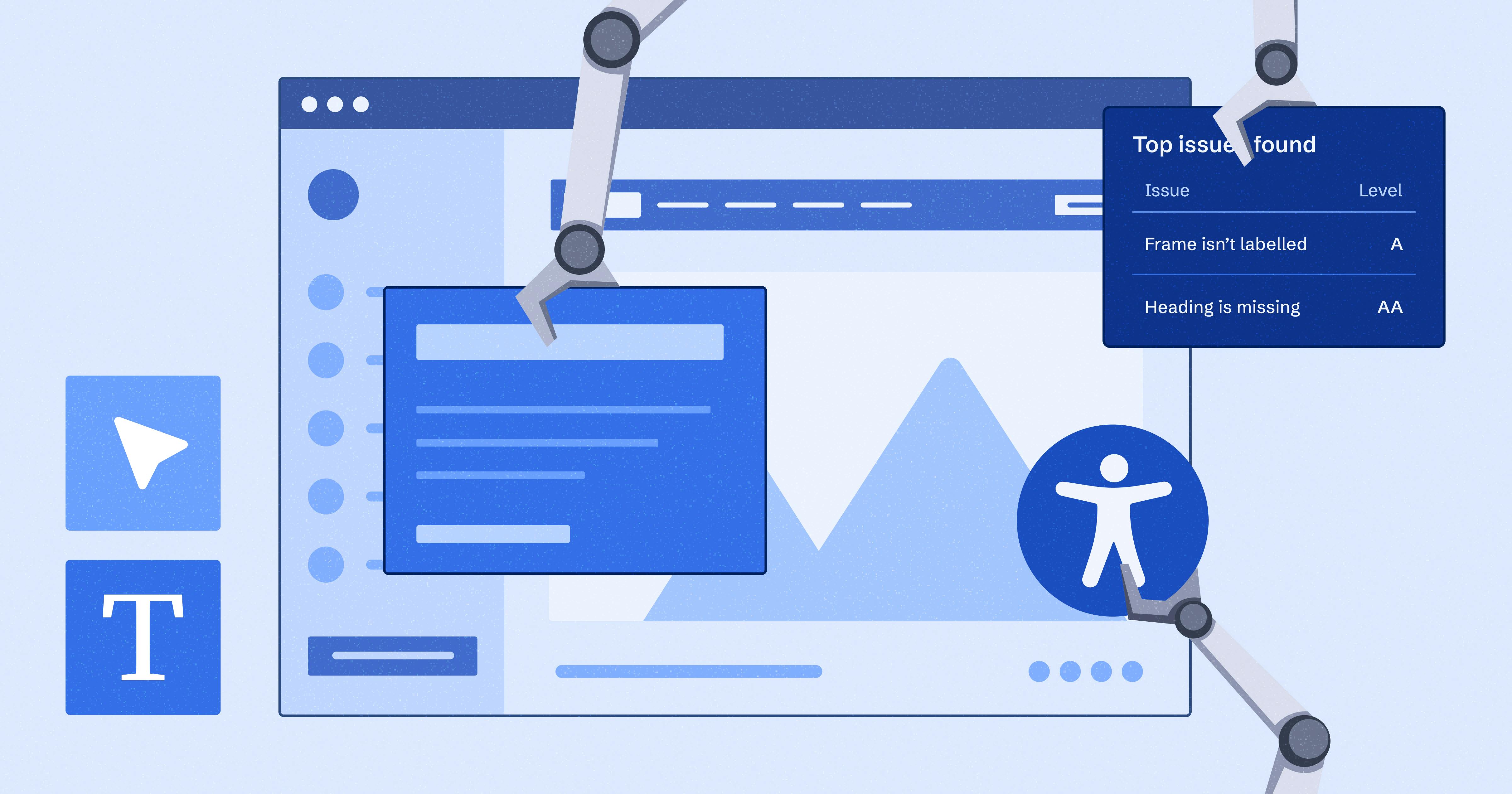Don’t Skip Providing a Great Experience to All Users


Ready to see AudioEye in action?
Watch Demo
Many websites use Skip to Main Content links to make the online experience more efficient for users with disabilities. But all too often, skip navigation links are either left out or poorly implemented. This causes frustration and abandoned journeys. Find out how AudioEye experts resolve this common issue and help enable clear and orderly navigation for users of all abilities.

The Frustrations of Keyboard-only Web Navigation
Websites typically provide a mixture of primary and secondary navigation links on each page, often presenting the primary links across the top of the page and the secondary links down one side. For web visitors without visual disabilities who can use a mouse, this familiar structure makes it easy to find the content they want. Usually, all the pages follow essentially the same structure of primary and secondary links, with graphical elements and ads, and fully sighted users can quickly and intuitively read and interact with the site.
However, for keyboard-only users, navigating to the desired content may require dozens of taps on the tab key, repeatedly cycling through the same blocks of content on every page. Some of these users may have switches rather than keyboards or may be using other assistive technologies that generate key presses at a relatively low speed. In both cases, tabbing through repeated content becomes an even slower and more frustrating experience — and could even be physically painful. What’s more, users with visual disabilities may need to do all of this without any optical clues about the tab order, and those using screen readers may face having to hear the same heading graphics and links spoken on every page.
How WCAG Addresses the Issue
The World Wide Web Consortium’s Web Content Accessibility Guidelines (WCAG) address this navigation concern under section 2.4.1 “Bypass Blocks”, starting with techniques for skipping directly from the top of each page to the main content area.
At AudioEye, our team of accessibility experts very often discover websites that either omit these skip navigation links or apply them incorrectly. Typically, an incorrect implementation means either that the skip links are not visible when receiving focus or they do not drive to the main content when the end user activates them.

Helping Users Quickly Skip to the Main Content
AudioEye’s hybrid approach to digital accessibility — blending automated remediation with expert human testing and correction — gives us a unique advantage in finding and fixing these problems. You can automatically detect a missing Skip to Main Content link, but it requires human expertise to understand when such a skip navigation link is working incorrectly.
The fix is simple enough: At AudioEye, whenever we find an inaccessible Skip to Main Content link, or if we can’t find one at all, we manually set up a working link. However, it’s hard to even know you have this problem on your website if you rely entirely on automated accessibility testing.
Reach out to AudioEye today to learn more about how our unique combination of automated and expert human testing and remediation helps our clients meet the needs of all web users.
Ready to see AudioEye in action?
Watch Demo
Ready to test your website for accessibility?
Share post
Keep Reading

How to Test Website Accessibility Without Automation Tools
Accessibility testing your site without automation can be costly if done wrong. Understand how to go about it, and why a hybrid approach may be better.
accessibility
April 02, 2025

AI Accessibility Tools: Benefits, Limitations, Applications, and Recommendations
AI makes finding and fixing accessibility issues faster and easier, but do they ensure compliance and great UX by themselves? Here’s our verdict.
accessibility
March 31, 2025

Improving Healthcare Delivery: How Quality Tech Products are Shaping the Future of Care
Discover how high-quality tech products are transforming healthcare delivery, improving patient outcomes, and future-proofing the industry. Learn key tech innovations and why accessible, inclusive design is critical.
accessibility
March 26, 2025
